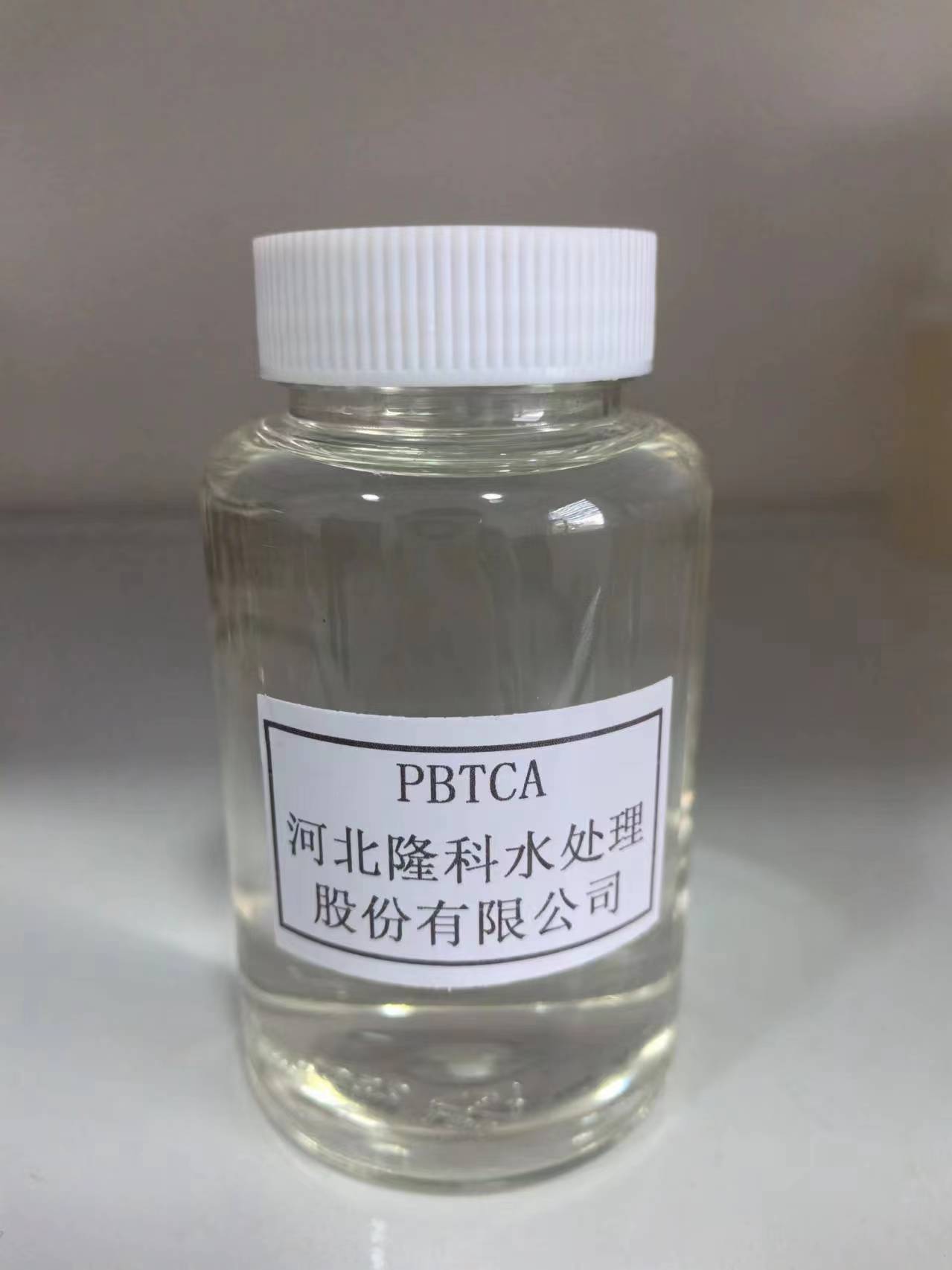function of poly aluminium chloride in water treatment
The Function of Poly Aluminium Chloride in Water Treatment
Water treatment is a critical process necessary to ensure safe drinking water, manage wastewater, and uphold environmental standards. Among the various chemicals used in water treatment, Poly Aluminium Chloride (PAC) has gained significant attention due to its effectiveness as a coagulant. This article explores the functions of PAC in water treatment, its advantages over traditional coagulants, and its role in enhancing water quality.
Understanding Poly Aluminium Chloride (PAC)
Poly Aluminium Chloride is a polymer formed from aluminium chloride. It is a water-soluble inorganic polymer that has a high molecular weight and contains numerous aluminium ions. PAC is used primarily for the coagulation and flocculation processes in water treatment. These processes are critical for removing suspended particles, turbidity, and microorganisms from raw water sources.
Function in Coagulation and Flocculation
Coagulation is the first step in the water treatment process. During this stage,PAC is added to the water, where it neutralizes the negative charges of suspended particles, including silt, clay, and organic matter. These particles are often negatively charged and repel each other, making it difficult for them to clump together. By neutralizing these charges, PAC facilitates the aggregation of smaller particles into larger clusters, known as flocs.
Flocculation follows coagulation and involves gentle mixing of water to encourage the formation of these flocs. The larger flocs can then settle at the bottom of the treatment tank, or they can be removed through filtration. This two-step process significantly reduces turbidity and the number of microorganisms present in the water, making it safer for human consumption.
Advantages of Using PAC
function of poly aluminium chloride in water treatment

PAC offers several advantages over traditional coagulants like aluminum sulfate (alum). Firstly, PAC requires a lower dosage than alum to achieve the same level of turbidity removal. This reduction in required chemical quantity leads to lower operational costs and minimizes the volume of sludge produced during the treatment. The efficiency of PAC also means that treatment facilities can process larger volumes of water more effectively.
Furthermore, PAC has a higher rate of settling for the formed flocs, thus enhancing the overall efficiency of the treatment process. The flocs created with PAC tend to be denser and more easily removed, reducing the necessary retention time during sedimentation. This efficiency is particularly beneficial in facilities facing space constraints or higher water demand.
Another significant advantage is PAC's performance across a broad pH range. It can be effective in treating water with varying pH levels, making it versatile for different geographical locations and water quality scenarios. This adaptability is crucial in ensuring that water treatment plants can consistently meet regulatory standards, regardless of source water variability.
Environmental Impact and Safety
PAC is considered to be more environmentally friendly compared to many other water treatment chemicals. It produces less aluminum residual in the treated water, which is a crucial factor in minimizing the potential for environmental contamination. Moreover, because PAC generates less sludge than traditional coagulants, it reduces the burden on disposal facilities, aligning with sustainable practices in water treatment.
From a safety perspective, PAC poses fewer risks to plant operators. Compared to concentrated solutions of traditional coagulants, PAC is relatively safer to handle. This factor enhances worker safety in treatment plants and reduces the risk of chemical exposure.
Conclusion
The function of Poly Aluminium Chloride in water treatment cannot be overstated. As a powerful coagulant, PAC effectively purifies water by facilitating the removal of suspended particles and microorganisms, thus improving the overall quality of drinking water. Its advantages over traditional coagulants, including efficiency, cost-effectiveness, and environmental safety, make it an essential component in modern water treatment processes. As water resources continue to be challenged by pollution and increased demand, the role of effective treatment chemicals like PAC will remain crucial in securing safe and clean water for future generations.
-
lk-319-special-scale-and-corrosion-inhibitor-for-steel-plants-advanced-solutions-for-industrial-water-systemsNewsAug.22,2025
-
flocculant-water-treatment-essential-chemical-solutions-for-purification-processesNewsAug.22,2025
-
isothiazolinones-versatile-microbial-control-agents-for-industrial-and-consumer-applicationsNewsAug.22,2025
-
scale-inhibitor-key-solutions-for-water-system-scale-preventionNewsAug.22,2025
-
organophosphonates-versatile-scale-inhibitors-for-industrial-water-systemsNewsAug.22,2025
-
scale-and-corrosion-inhibitor-essential-chemical-solutions-for-water-system-maintenanceNewsAug.22,2025





